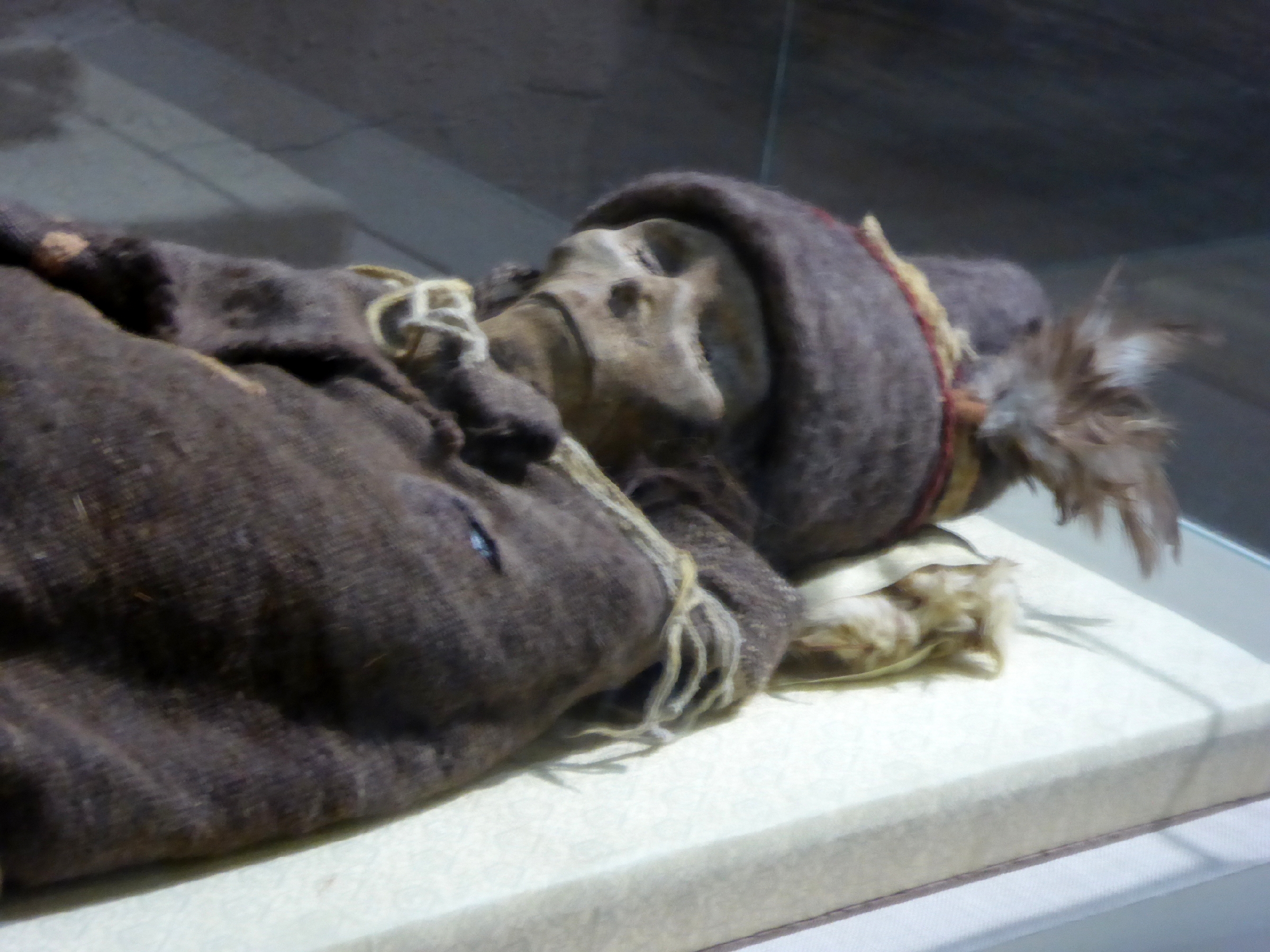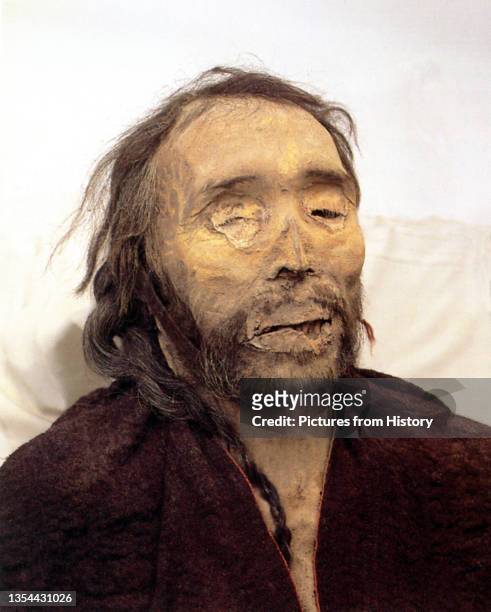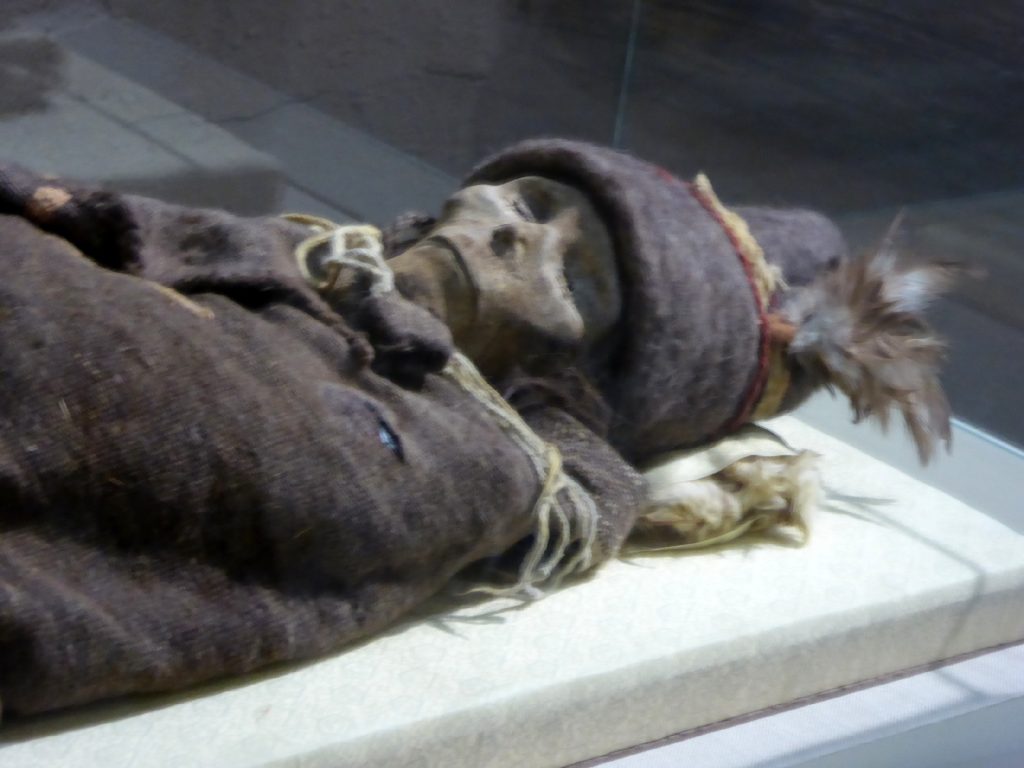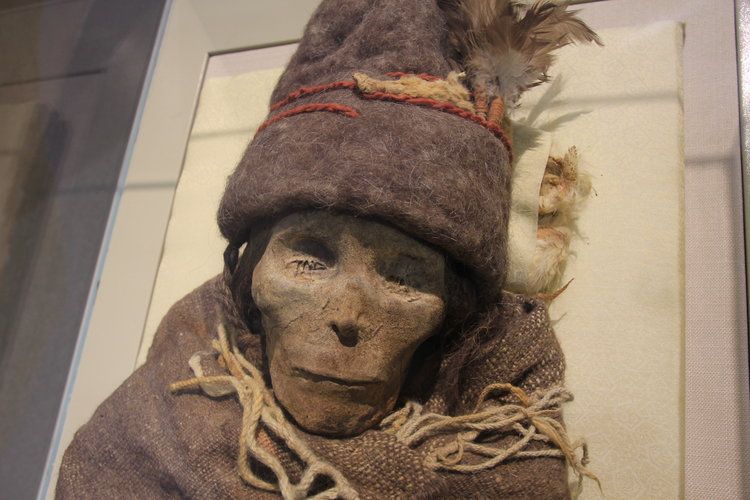
European Mummies Found In The Taklamakan Desert, Xinjiang
The mummy is that of a Bronze Age Celt, according to his DNA, but the mummy of Cherchen Man is from the Taklamakan Desert in western China. In the local Chinese language, the word “taklamakan” means “You come in and never come out.” And that seems to be the case.

According to Britain’s The Independent:
He looks like a Bronze Age European. In fact, he’s every inch a Celt. Even his DNA says so.
But this is no early Celt from central Scotland. This is the mummified corpse of Cherchen Man, unearthed from the scorched sands of the Taklamakan Desert in the far-flung region of Xinjiang in western China, and now housed in a new museum in the provincial capital of Urumqi.

The extraordinary thing is that Cherchen Man was found – with the mummies of three women and a baby – in a burial site thousands of miles to the east of where the Celts established their biggest settlements in France and the British Isles.
DNA testing confirms that he and hundreds of other mummies found in Xinjiang’s Tarim Basin are of European origin. We don’t know how he got there, what brought him there, or how long he and his kind lived there for. But, as the desert’s name suggests, it is certain that he never came out.

His discovery provides an unexpected connection between east and west and some valuable clues to early European history. The bodies are far better preserved than the Egyptian mummies, and it is sad to see the infants on display; to see how the baby was wrapped in a beautiful brown cloth tied with red and blue cord, then a blue stone placed on each eye. Beside it was a baby’s milk bottle with a teat, made from a sheep’s udder.




